Studio Visit
Artist Sonia Gomes Invites Us Into Her São Paulo Studio, Where Cast-Off Fabrics Become Intimate Sculptures
The artist's first solo show in New York is on view at Pace through December 17. She shows us where the work was made.
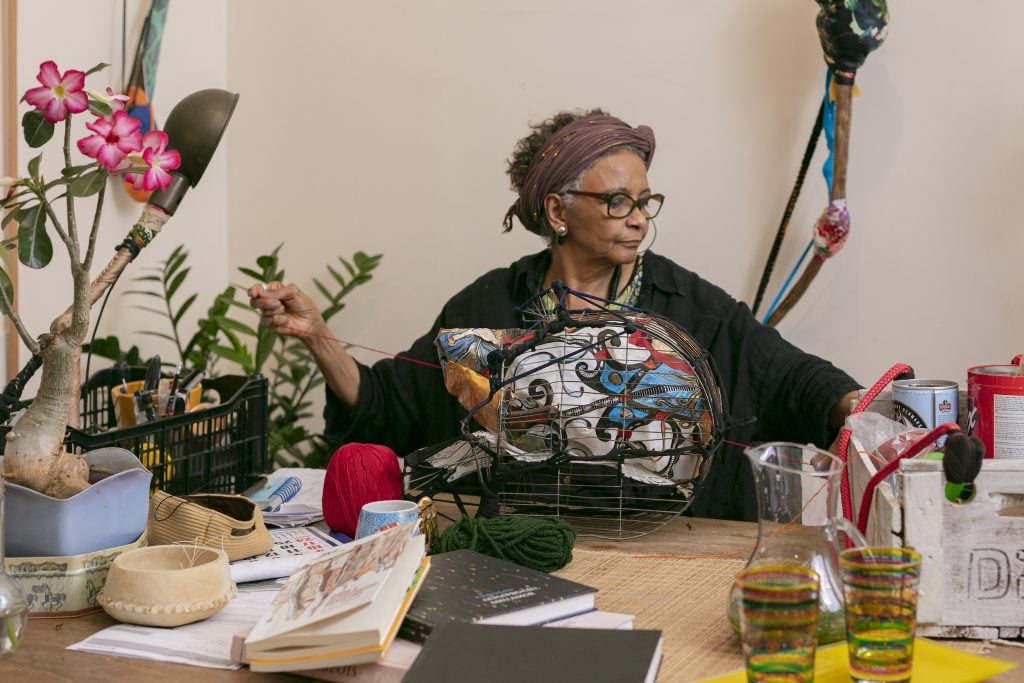
The artist's first solo show in New York is on view at Pace through December 17. She shows us where the work was made.

Julia Halperin

Walking into Sonia Gomes’s studio is a little bit like peeking inside her brain. The converted São Paulo home where she works is full of piles of fabrics that she picked up along her travels and received as gifts—fragments of memories and imaginings. Kitted, stitched, and twisted soft sculptures hang on the walls and from the ceiling. Gomes starts each day by walking around the space to see which one is calling out to her for more attention.
Born in Caetanopolis in the state of Minas Gerais, a former Brazilian textile hub, the largely self-taught artist has spent her career constructing tender and rigorous works out of fabric. She gained international acclaim when her work was included in Okwui Enwezor’s exhibition at the 2015 Venice Biennale. She became the first living Afro-Brazilian female artist to have a monographic show at the Museu de Arte de São Paulo in 2018.
Gomes is currently presenting her first New York solo show at Pace Gallery (through December 17), which began representing her in 2020. One of her works is also on view at the gallery’s stand this week at Art Basel Miami Beach.
Gomes spoke with Artnet News about life in the studio.
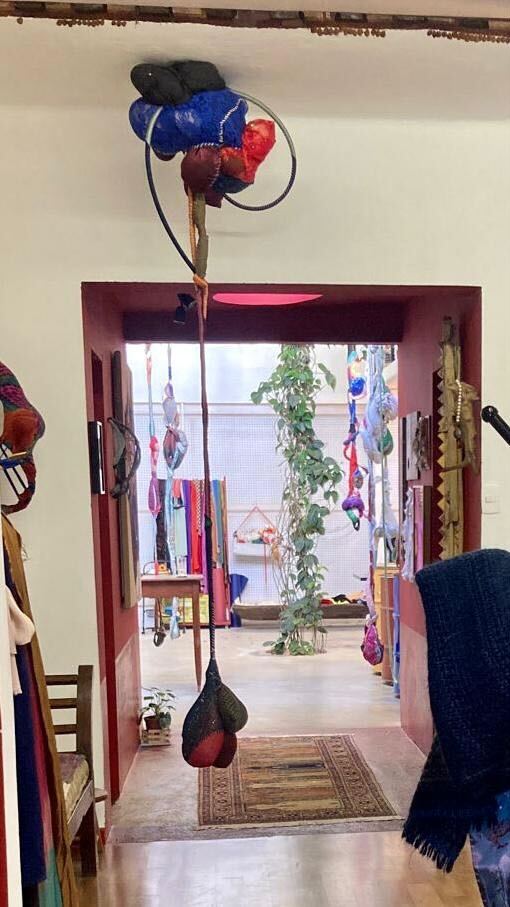
Inside Sonia Gomes’s studio. Photo courtesy of the artist and Pace Gallery.
Tell us about your studio. Where is it, how did you find it, what kind of space is it?
At the time when I found this studio, I had my studio at home. I needed a bigger space, but I wanted it to be close to my house. So, I started walking around the neighborhood until I found a very nice old house for sale. When I first entered, what drew my attention was a big plant in the courtyard, at the back of the house. Because I needed a space with a high ceiling, I turned the backyard space into a shed, adding a roof but keeping the plant in the middle.
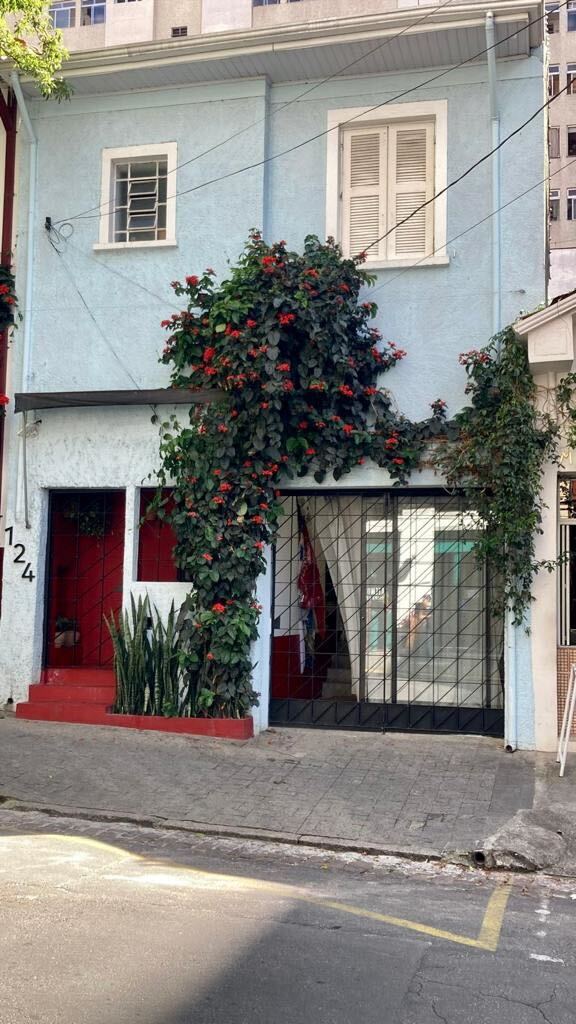
The exterior of Sonia Gomes’s studio. Photo courtesy of the artist and Pace Gallery.
The old part of the construction of the house was all maintained and restored, so my studio is made up of this restored old house and a shed. It’s close to my house (only two blocks away) which makes it a lot easier for me. My studio is a place with many plants, many colors, and birds that visit.
What’s the first thing you do when you walk into your studio (after turning the lights on)?
When I enter my studio, I walk all around it. There are always many works in progress, so I look to see which needs me at that moment.
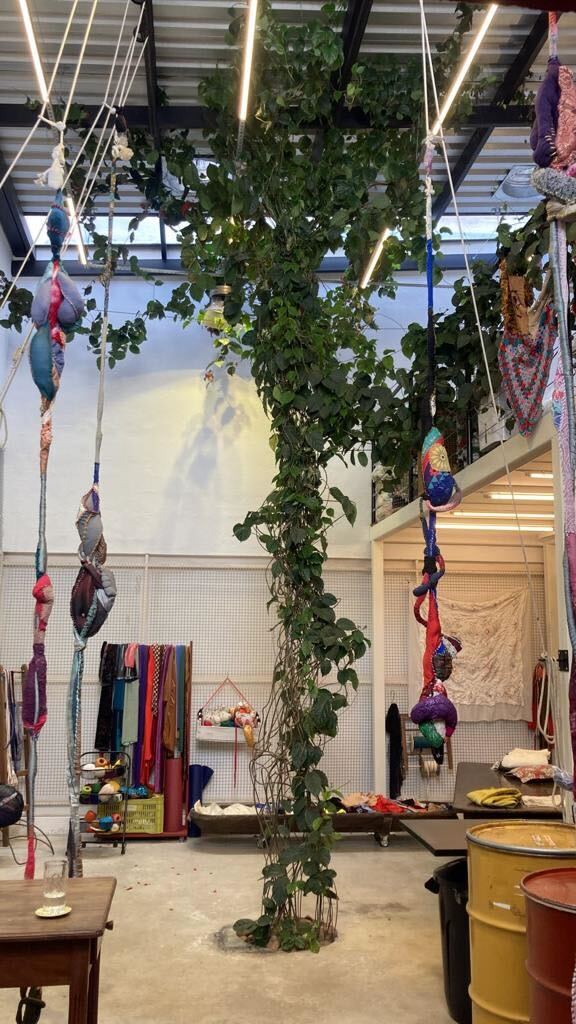
Inside Sonia Gomes’s studio. Photo courtesy of the artist and Pace Gallery.
How many studio assistants or other crew members do you work with and what do they do?
I work with three assistants. They help me with the process: sewing, finishing the works, preparing the canvas, preparing wood. They help me with the preparation and finishing.
How many hours do you usually spend in the studio, what hours do you work, and what activities take up most of that time?
Uai [an expression of doubt or surprise frequently employed in Gomes’s native Minas Gerais] .…I don’t like to get up early, so it’s always from noon until the time I feel like working. All the works occupy my time…

A work in progress. Photo courtesy of the artist and Pace Gallery.
Is there anything you like to hear, watch, read, or look at while in the studio as inspiration?
Music. Music moves me and it’s the work that chooses the music or what style of music to be played. I like music, of all styles, particularly MPB (popular Brazilian music), African, Caribbean, French, Spanish, and electronic.
What art tool or material do you most enjoy working with?
With all of them! It depends on the time of day. I like to sew, I like drawing, painting, and woodworking. I work with what I feel like at that moment.
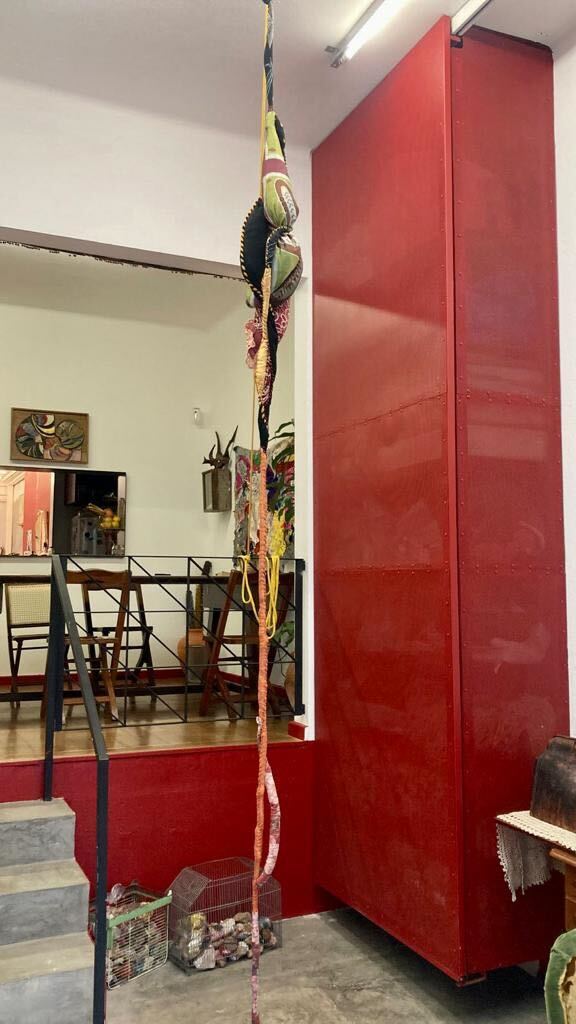
In progress at Sonia Gomes’s studio. Photo courtesy of the artist and Pace Gallery.
How do you know when an artwork you are working on is clicking?
When the process is flowing. When it is not flowing, I put the work to sleep, to rest a little and go to another work.
What images or objects do you observe while working? Share your view behind the screen or the desktop, wherever you spend more time.
I observe the materials around me, they tell me what they want to be.
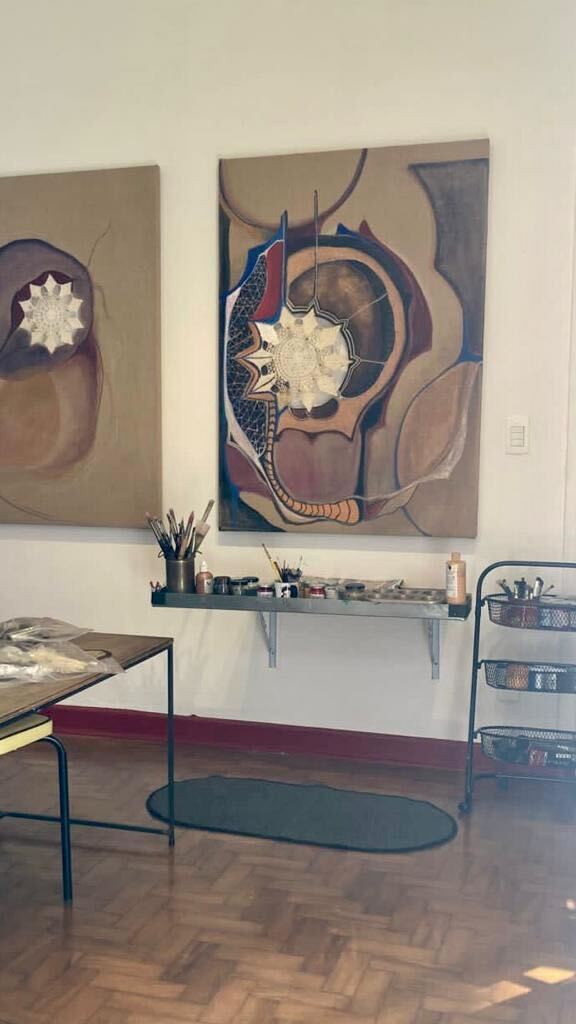
A workspace in Sonia Gomes’s studio. Photo courtesy of the artist and Pace Gallery.
Do you have a ritual around studio visits? How do you guide a visitor through your space and your work?
The visits are dynamic, and one is never the same as another. It depends on the moment, and what the person wants. There is no recipe!
Do you have any other artist’s work in your studio?
At the studio, no. At home, yes. I have works by Maxim Malhado, Caio Marcolino, Lidia Lisboa, Samuel de Sabóia, André Ricardo, Lorenzato, Paulo Nazareth, Paulo Monteiro, Adriano Costa, Maria Auxiliadora, Moisés Patricio, Gilson Rodrigues, and Monica Sartori.
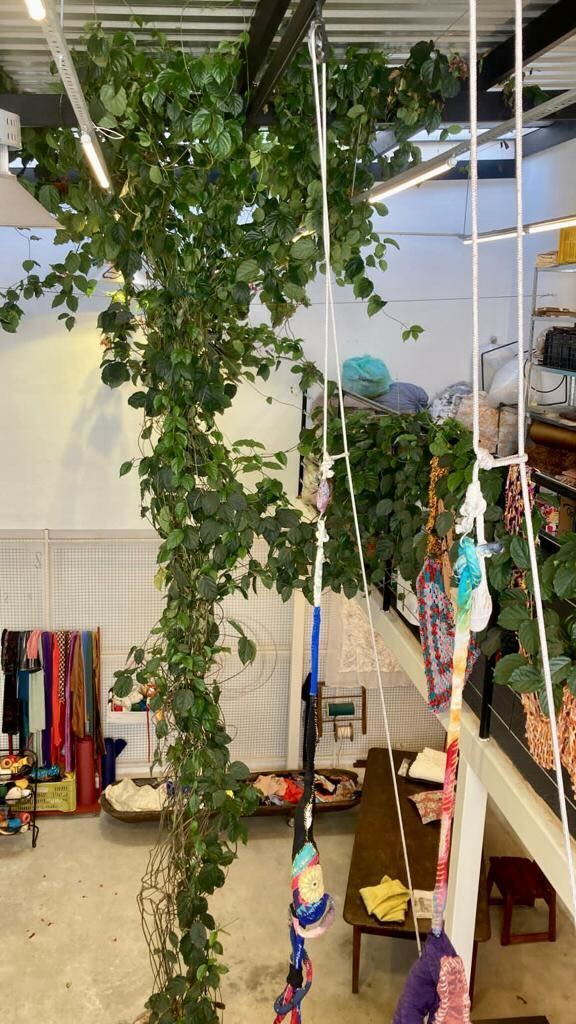
Inside Sonia Gomes’s studio. Photo courtesy of the artist and Pace Gallery.
What is the fanciest thing in your studio?
The plant in the middle. It grows inside and occupies the ceiling, railings, and engages with the work. It’s all alive!
When you feel stuck while preparing for a show, what do you do to get unstuck?
I breathe.
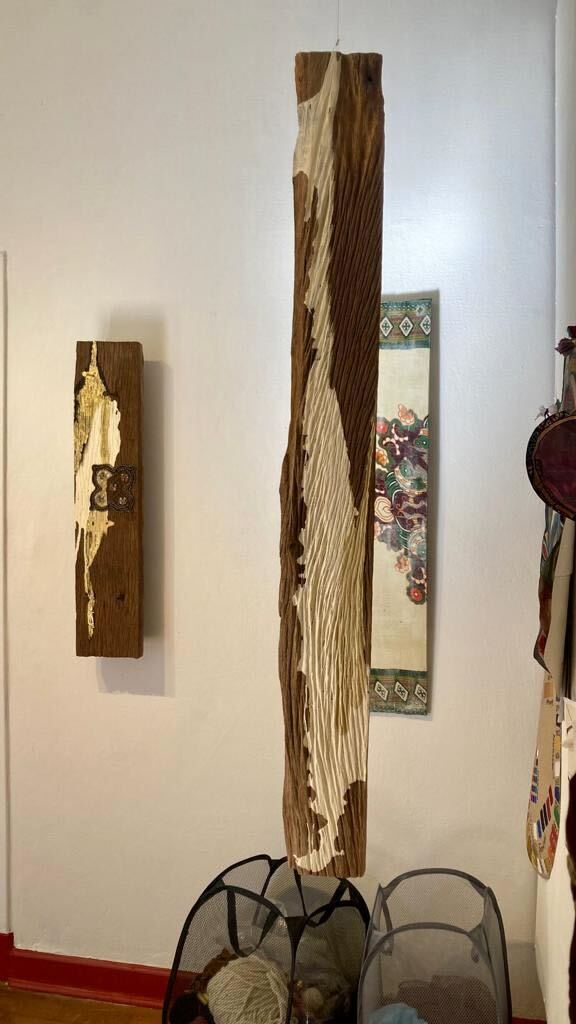
Inside Sonia Gomes’s studio. Photo courtesy of the artist and Pace Gallery.
What historical artist do you think about the most when you’re in your studio and why?
In the studio, I am often immersed with my own work. Of course, I like art and I see many artists that I like but when I am in the midst of my process, I am with myself and totally introspective.
What’s the last museum exhibition or gallery show you saw that really affected you and why?
Theaster Gates’s “Young Lords and Their Traces” at the New Museum. It moved me a lot.
Where do you get your food from, and what do you eat when you get hungry in the studio?
I don’t even know how to answer (laughs). Food?… I like fruit a lot.
What’s the last thing you do before you leave the studio at the end of the day (besides turning off the lights)?
I turn on the alarm and lock the door (laughs).
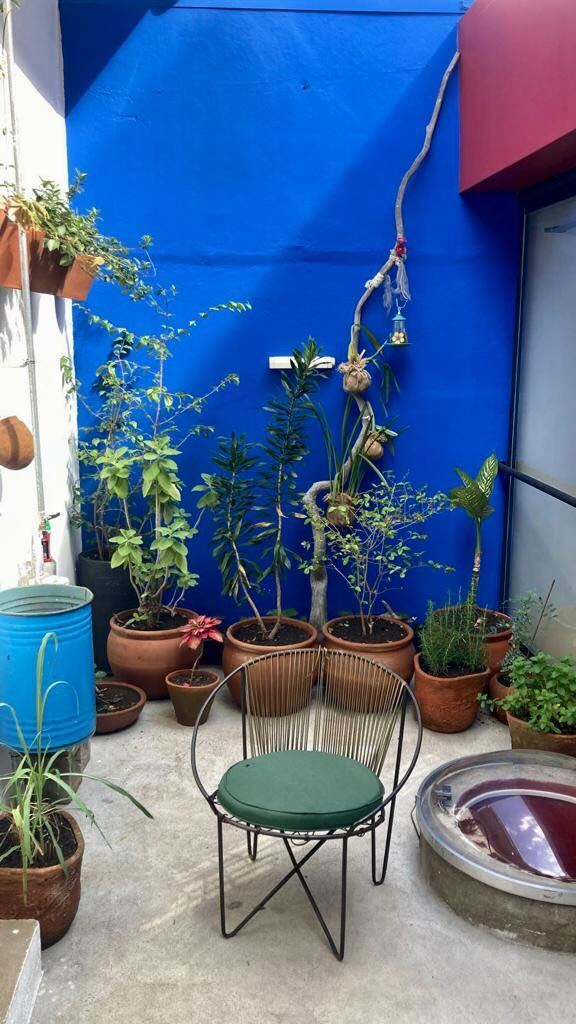
Sonia Gomes’s studio. Photo courtesy of the artist and Pace Gallery.
What do you like to do after you leave the studio at the end of the day?
It all depends on the day. I don’t have any rituals; each day is different. That’s it.